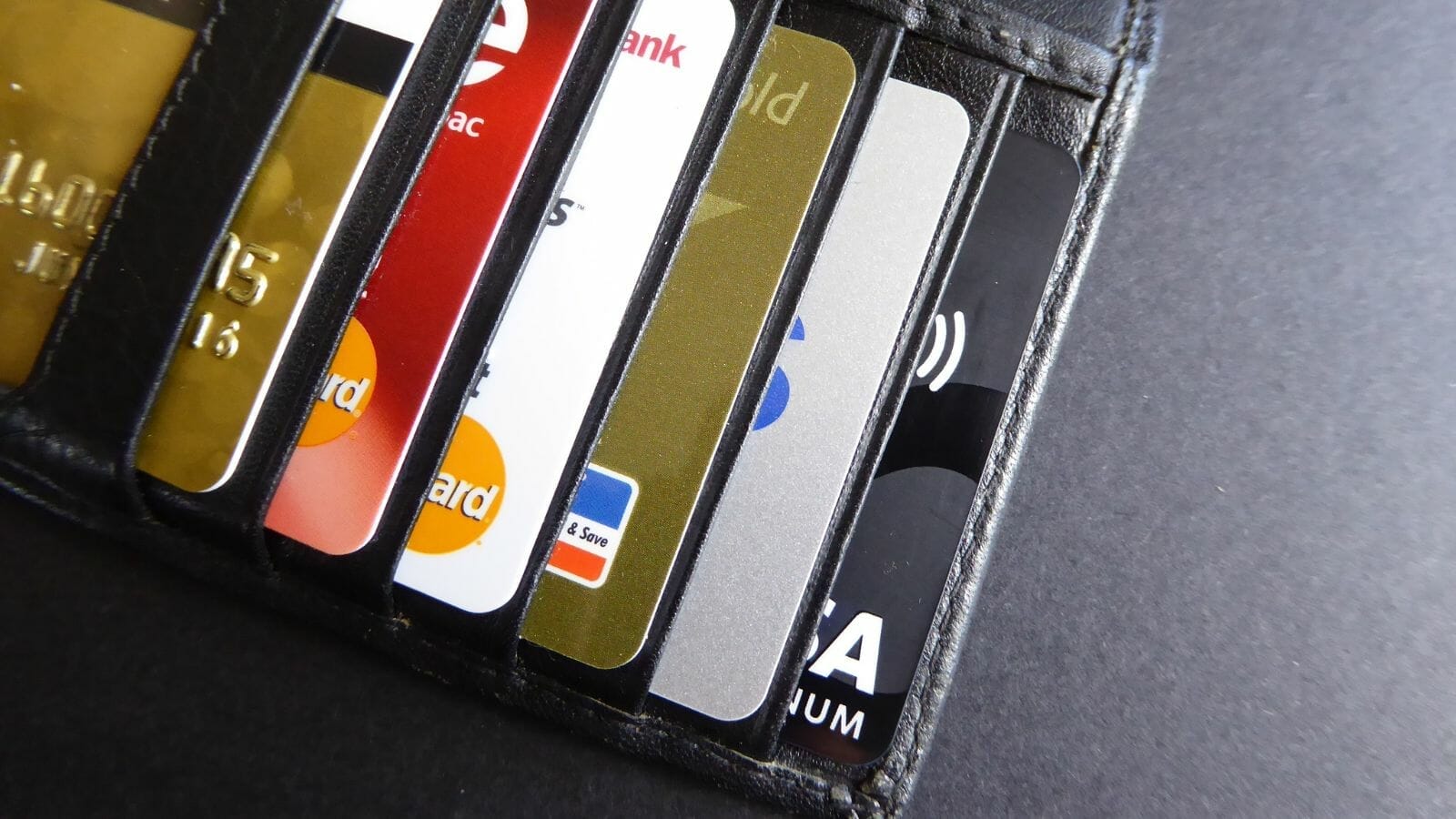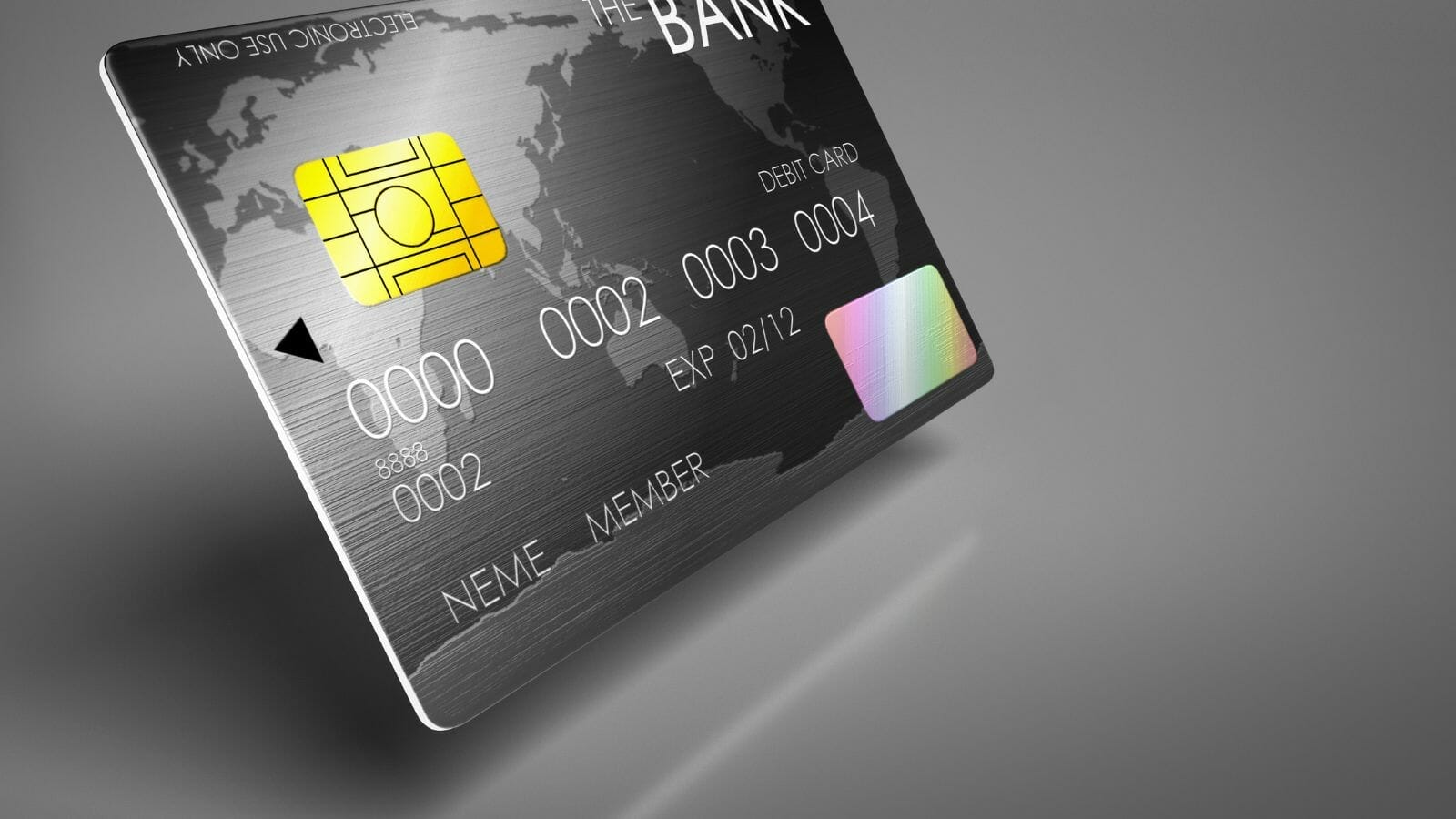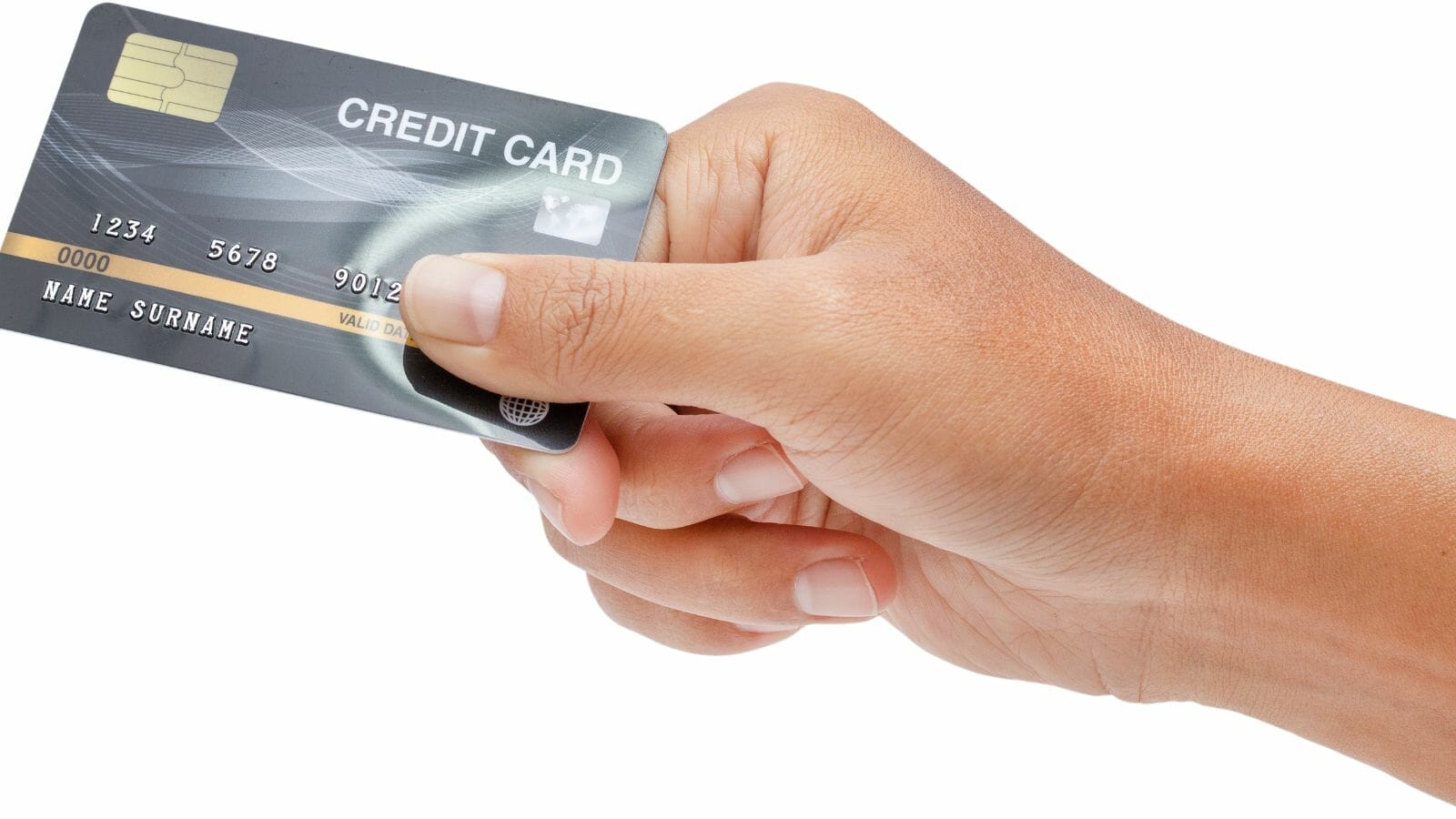Updated 9/25/2023
In a survey recently released by the Federal Reserve Bank of Atlanta, U.S. consumers use their debit cards to make payments 68% of the time. And in 2019, consumers used debit cards for almost $3 trillion in payments. Needless to say, debit card usage is a big driver of payments in the U.S. and worldwide, and pin debit networks encompass a large part of that process.
With the rise of personal hacking information, particularly our personal financial information, security features like PINs help protect our data.
Most payment processors or merchants focus on credit cards, but the number of debit card transactions equals or exceeds credit cards. Mastercard has over 267 million debit cards in circulation, with over 46% of customers using it at least once a month.
Debit cards, linked to our bank accounts, make managing our money easier and help make payments easier, for example, linking your debit card to your Netflix account for your monthly payment. Because who can go without Netflix, right?
In today’s post, we will learn:
- What Is A Pin Debit Network?
- An Introduction to Online Routing and PINless Transactions
- Common Debit Card Networks and Their Fees
- Leaders in Debit Card Processing
Okay, let’s dive in and learn more about pin debit networks.
What is A Pin Debit Network?
We can use the debit card in our wallet as a signature or PIN-based transaction, and the merchant will be charged different rates depending on our choice.

So, what is a PIN-based transaction?
A PIN debit transaction occurs when we, the customer, enter our personal identification number or PIN to make the transaction. Processing the debit card as a PIN causes the transaction to route through the debit network instead of the credit card network; more on this is in a few moments.
The PIN is a numerical code we enter when activating our new debit or credit cards. The sole purpose of the PIN is to provide an additional layer of security to our transactions. Debit cards are most commonly associated with PINs linking directly to our bank accounts.
We use PIN verification in many locations when withdrawing funds at an ATM, paying for gas, buying groceries above $50, and many others.
And each time we do that, the transaction routes through a different card network, which charges a different fee to the merchant, which is how card providers make money.
The debit card first appeared in the early 1970s, and debit card PINs first appeared in 2013 with the passing of the Durbin Amendment.
The Durbin Amendment had a tremendous impact on the payments industry. Before 2013, Visa dominated the card processing world, particularly debit cards. The Durbin Amendment caused card brands to create two sets of fees: one for regulated card-issuing banks, like Wells Fargo. And another for unregulated card-issuing banks, like PayPal.
These changes put a cap on the fees a bank like Wells Fargo can charge merchants for using a debit card; any bank with more than $10 billion in assets capped the fee at 0.05% + $0.21 per transaction. The percentage listed above is “5 basis points” of the value of the transaction; for example, if you pay $2 for a Coke, the merchant gets charged $0.10 + $0.21, or $0.31 per bottle sold. That charge reduces a merchant’s profit on the product and should be factored into the pricing to help reduce the impact.
However, because they are not regulated banks, companies such as PayPal can charge more, which allows them to make more money off these transactions and charge different rates for different transactions.
And when a customer chooses to use their debit card and bypass entering their PIN, the merchant gets charged a different rate.
An Introduction to Online Routing and PINless Transactions
With the passing of the Durbin Amendment, as part of the Dodd-Frank Bill in 2013, merchants could get some relief on processing fees from debit card transactions. The amendment also offered two separate networks to process the payments to ensure every debit card has multiple choices.

As I mentioned earlier, before the Durbin Amendment, Visa dominated the debit card network, but with the passing of the amendment, merchants could now route their debit card payments through local networks and, using transaction volume and value from preferential deals, were able to lower their costs.
Two types of transactions:
- PIN: is prevalent in the store, with the customer verifying their identity easily. But, with the growing reliance on online transactions and customers choosing not to enter their PIN or contactless payment methods, it is becoming more and more difficult to verify the customer. The PIN transaction, the single message debit, is most common with Card Present or ATM transactions.
- PINless: is the type of transaction that occurs without PIN entry, such as contactless or online. Historically, PIN networks were characterized by names such as Star or Pulse. Obviously, with the growth of contactless and online shopping, the limitations of PIN debit cards became apparent, forcing processors, merchants, and banks to adopt new methods of allowing PINless payments. The PINless transactions use the three-digit code on the back of the card or card verification codes (CVV) to verify transactions. PINless also allows merchants to save money on chargebacks, which are generally not allowed on these transactions, which helps merchants safeguard their payments with irreversible transactions.
But, because there has been some pushback on using PINless authorizations, many processors force these payments to go through the Visa or Mastercard networks as Card Not Present, which is much more expensive.
Many in the industry believe that these violate the Durbin Amendment. Some believe the strong relationships between issuers and the large networks are putting up roadblocks to adopting PINless transactions because it drives up fees for both.
The other method of processing debit card transactions is the signature method, which requires the customer’s signature. That type of transaction automatically routes over the Visa and Mastercard payment rails. They are also referred to as offline debit transactions.
Common Debit Card Networks and Their Fees
Across the U.S., there are many common debit card networks, and below is a listing of some of the common fees for reference. If you want a deeper dive into the fees, check out this link.
Accel Interchange & Network Rates
|
Pin Debit |
0.05% + $0.21 |
|
Pinless Bill Pay |
0.65% + $0.13 |
|
Internet PIN |
0.05% + $0.21 |
NYCE Interchange & Network Rates
|
QSR |
1.30% + $0.03 |
|
PIN Debit |
0.05% + $0.21 |
|
Internet PIN |
0.05% + $0.21 |
Pulse Interchange & Network Rates
|
PIN Debit |
0.05% + $0.21 |
|
Petroleum Base |
0.80% + $0.15 |
|
Pinless Bill Pay |
1.59% + $0.12 |
Shazam Interchange & Rate Fees
|
General Retail |
0.85% + $0.15 |
|
Business Debit Card Present |
1.70% + $0.09 |
|
Internet PIN |
1.15% + $0.15 |
Star Interchange & Network Rates
|
QSR |
1.15% + $0.08 |
|
Petroleum |
0.85% + $0.17 |
|
Internet PIN |
0.90% + $0.195 |
Understanding the fees the PIN networks charge is important because it impacts many layers as money flows through the payment system.
For example, merchant transactions involve the merchant, the acquiring bank, the payment processor, and the issuing bank. All those layers charge a fee that the consumer never sees but impacts the economics of each layer.
The PIN debit card can help make the transaction more secure for the merchant and the entire payment process.
Leaders in Debit Card Processing
Recent mergers in the U.S. Pin debit networks are helping merchants better compete with Visa and Mastercard. These debit card networks provide the underlying tech that enables consumers to make payments, withdraw cash at an ATM, or get cashback at checkout. As discussed earlier, these payments happen over two networks outside the Visa/Mastercard payment rails.

The recent mergers of First Data and Fiserv and FIS’s acquisition of Worldpay give both companies a larger slice of a smaller pie of the PIN debit networks.
As of 2016, the market share of the PIN debit network:
- Visa’s Interlink – 35%
- Mastercard’s Maestro – 20%
- Fiserv/First Data with Star – 20%
- Other networks, including Discover’s Pulse, FIS’s NYCE, Fiserv’s Accel, FIS’s Culiance, and member-owned SHAZAM, make up the rest of the balance.
Let’s look at a few of the bigger players in the pin debit networks stratosphere.
First, let’s look at Visa regarding their PIN debit network. Visa is a household name and one of the most recognizable brands globally; they also are the leader in accepting debit card transactions globally.
Here are some numbers:
- Total 2020 revenues = $21.8 billion
|
Year |
Revenues |
Debit Revenues |
% of Revenues |
|
2018 |
$8.9 billion |
$3.3 billion |
37% |
|
2019 |
$9.7 billion |
$3.5 billion |
36% |
|
2020 |
$9.8 billion |
$3.8 billion |
39% |
And if we look closer, we see that in 2020, debit card revenues, including PIN and PINless transactions, accounted for 17.4% of Visa’s total revenue. That is far from chump change and deserves consideration when investing in Visa.
Mastercard
In 2020, Mastercard generated $15.3 billion in revenues, with over $3.9 billion stemming from debit card transactions, over 25% of Mastercard’s revenues. Again, this is another global player with a huge reach and no small impact from debit card transactions.
Mastercard was far less forthcoming on their debit card transactions than Visa, so finding information was more difficult.
Fidelity National Services (FIS)
FIS, another big player in the payments space and owner of the Jeannie network and recent acquirer of Worldpay, has a smaller slice of the debit card networks.
The company recorded $12.5 billion in revenues in 2020 and was even more tight-lipped than Mastercard on their debit card transactions, with the word “debit” only highlighted in the 10-k ten times.
The merchant solutions segment, which contains their debit card transaction, recorded revenues of $3.7 billion in 2020, but it is impossible to know how much of that was debit card without guessing. But, the company is a large player in the core banking space and could leverage its banking relationships to secure more issuance of its branded debit cards.
Fiserv (FISV)
Fiserv is another leader in the core banking space, with an increased payment presence with its recent merger with First Data (FDC). The merger with First Data allowed Fiserv to acquire Clover, the POS terminal that enables payments, credit or debit, for merchants large and small.
Fiserv generated revenues of $14.8 billion in 2020, with the merchant acceptance segment producing $5.5 billion, which contains the pin debit card networks Star and Accel.
The merger gave Fiserv access to the P2P network, Zelle, and EMV technology, enabling contactless cards. Fiserv is also the only card provider that produces its cards, which will give Fiserv a leg up on the competition as contactless and other technologies advance.
Since the merger, Fiserv has been mum on its PIN or PIN-less debit strategies. But with the company holding Star and Accel, it holds around 25% of the debit card niche. Industry analysts predict that the debit card networks are a $2 billion revenue market, and Fiserv could potentially disrupt the Visa/Mastercard duopoly in U.S. debit card transactions.
Before the merger, First Data worked on several strategies regarding PIN debit networks, such as enabling PIN-less and dual message signature capability to drive more acceptance and capture additional use cases to grow incremental revenues.
Square/PayPal
Square and PayPal disrupt the payment space, enabling many other payments, including PIN debit networks.
At this point, neither is able to unset or disrupt Visa and Mastercard because they offer branded debit cards linked to customers bank accounts, offering either a Visa or Mastercard brand.
Both companies are working on creating their own secured payment rail networks, so at some point, they may offer their own branded debit cards, but the jury is still out on this point.
Investor Takeaway
The mantra in the payments space is that cash is dead and certainly looks that way. And the pandemic only accelerated the trend that was already underway. With the increasing use of online payments, contactless debit cards, and mobile apps, it certainly looks like cash is dead.
Debit cards are helping fill that void; by linking our checking accounts to a plastic card, we can spend our “cash” wherever and however we wish. The use of debit cards is growing, and with more and more payment providers popping up daily, more and more are offering branded cards to enable those payments.
As a percentage of payments, debit cards are about neck and neck with credit cards, and with the rise of other payment methods such as embedded payments or buy now, pay later (BNPL), it is important to understand this often overlooked segment of the industry.
Undoubtedly, there is a lot of disruption in the finance world with the rise of fintech. But checking accounts aren’t going away just yet, and using debit cards will last longer.
The debit cards help drive revenue for everyone along the payment path, from merchant acquirers like Fiserv to Visa and Wells Fargo. But upstarts like Affirm will also drive more revenues from the PIN debit network as consumers link their debit cards to pay their bills.
And with that, we will wrap up our discussion on pin debit networks.
As always, thank you for taking the time to read today’s post, and I hope you are finding something of value. If I can further assist, please don’t hesitate to reach out.
Until next time, take care and be safe out there,
Dave

Dave Ahern
Dave, a self-taught investor, empowers investors to start investing by demystifying the stock market.
Related posts:
- The Future of Debit Card Processing, What It Is and How It Works Updated 10/27/2023 In 2020, the Federal Reserve Bank of Atlanta conducted a Survey of Consumer Choice, which reported that: Evidence also shows that increasing debit...
- Durbin Amendment And Interchange Caps: Impact on Fintechs Updated 10/12/2023 One of the more disputed parts of the Dodd-Frank Act passed in 2010 following the Great Financial Crisis, is the Durbin Amendment, which...
- Key Players in the Payment Processing Flow Updated 11/9/2023 Analysts expect global payment revenues to grow to $2.5 trillion by 2025, according to McKinsey, after returning to their historical 6 to 7...
- How Visa Makes Money: A Business Model Breakdown Updated 10/12/2023 Visa Inc (V) is one of the leading payment brands globally and its cousin Mastercard (MA). Visa provides payment services to over 200...
